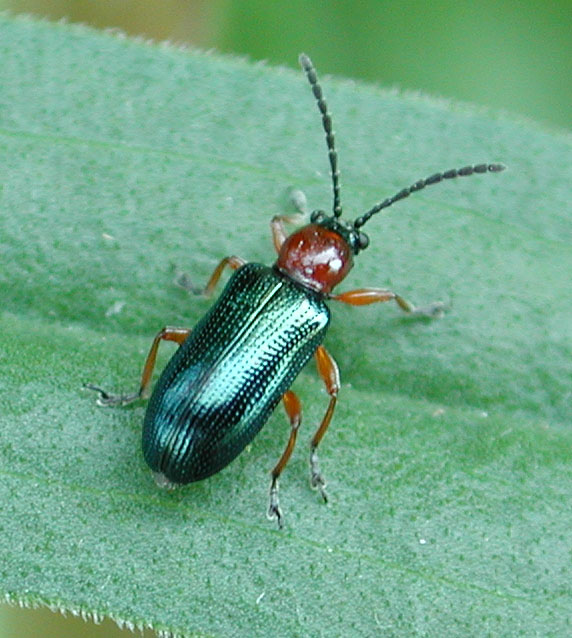Land Rolling
Land rolling helps conserve moisture and prepare a field for harvest. If conditions are very dry, rolling can improve emergence from moisture conservation and better seed-to-soil contact. Rolling can help level the soil and push rocks into the ground, making it possible for the combine header to do a better job. Small yield gains have […]

